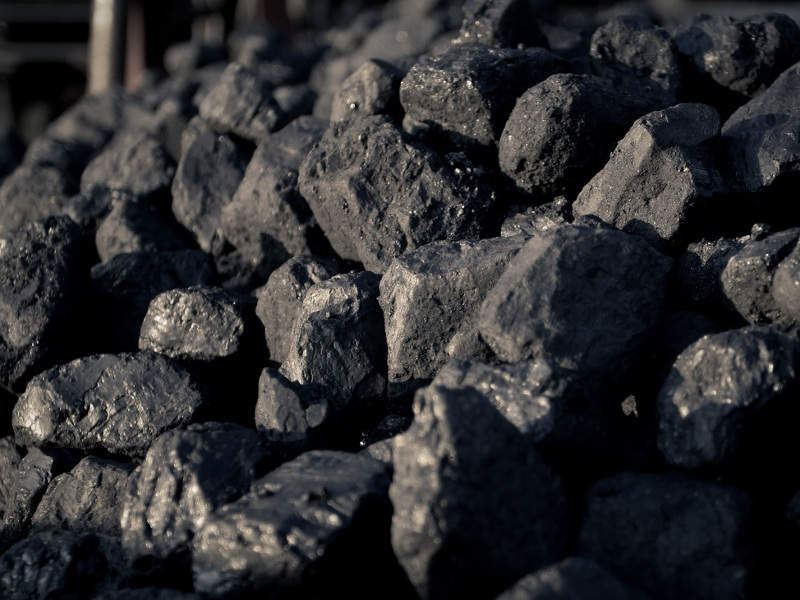Olive Downs coking coal project owned by Pembroke Resources is located in the Bowen Basin of Queensland, which is the world’s best coking coal mining area. The project is situated 40km away from Moranbah in Queensland, Australia.
The draft terms of reference for the environmental impact assessment (EIA) of the $1bn project was released in April 2017. Pembroke Resources released the draft environmental impact statement (EIS) for public comment in September 2018.
Spread over 41,000ha, Olive Downs coking coal project is scheduled to produce first coal by 2020. The project will achieve its peak production of 20 million tons per annum (Mtpa) of run-of-mine (ROM) coal by 2034. It will have an operational mine life of 79 years.
Olive Downs coking coal project geology
The project area is located within the Permo-Triassic Bowen basin. Pembroke Resources owns the mining licenses ML700032 to 700036.
The visible Permian sediment outcrops are located on the eastern and western edges of the property and are enfolded within Triassic-aged terrestrial deposits.
The property primarily consists of tertiary sediments such as Cainozoic alluvium and Mesozoic sediments.
The thrust fault zones found in the property have created vertical displacements in the Olive Downs South domain, which results in the occurrence of mineral seams at varying depths, while the Willunga domain lacks any major faulting.
Reserves of the coking coal project
The Olive Downs South domain has JORC-compliant resources of 460Mt, while the Willunga domain has JORC-compliant resources of 353Mt.
The JORC-compliant reserves of the Olive Downs coking coal project are estimated to be 514Mt.
Mining and ore processing at Olive Downs coking coal project
Open-cut mining will be employed using conventional truck and shovel mining techniques with the use of dozers, excavators, trucks, and scrapers.
The mining fleet for the project will include up to 26 excavators, 167 haul trucks, 30 dozers, 11 drills, four front-end loaders, and up to 11 water trucks.
The mining will occur in seven stages over the proposed 79-year life of the project.
The stage one mining operation will begin with the mining of the Olive Downs South domain, while operations at the Willunga domain will start in stage two.
The ROM coal production from both the domains will peak during the third stage of operations.
The coal production from the Willunga and Olive Downs South domains will conclude with the stage seven ending by 2098.
The ROM coal will be transported from the mining area by a fleet of rear dump trucks and dumped at separate ROM dump hoppers at the Olive Downs South and Willunga domains, where crushing and screening of the ores will be performed.
The ROM coal stockpile capacity at Olive Downs South and Willunga will be 250,000t and 150,000t, respectively.
The crushed coal will be transferred for washing in the coal handling and preparation plant (CHPP) at the Olive Downs South domain.
The washed coal will be stockpiled and blended according to the requirements of the customers.
Infrastructure
The mining licenses include the project mining areas and associated infrastructure such as road, rail, and water corridors.
The Olive Downs South domain will be accessible by a new road from the new intersection of the Annandale road.
Access to the Willunga domain will be through an unsealed access road from the intersection of the Fitzroy Development road.
A rail spur is also being proposed between the Norwich Park Branch Railway and the Olive Downs South domain infrastructure.
Water required for the project will be sourced through a pipeline from the Eungella water pipeline network. Potable water treatment plants will also be set up at both the domains.




